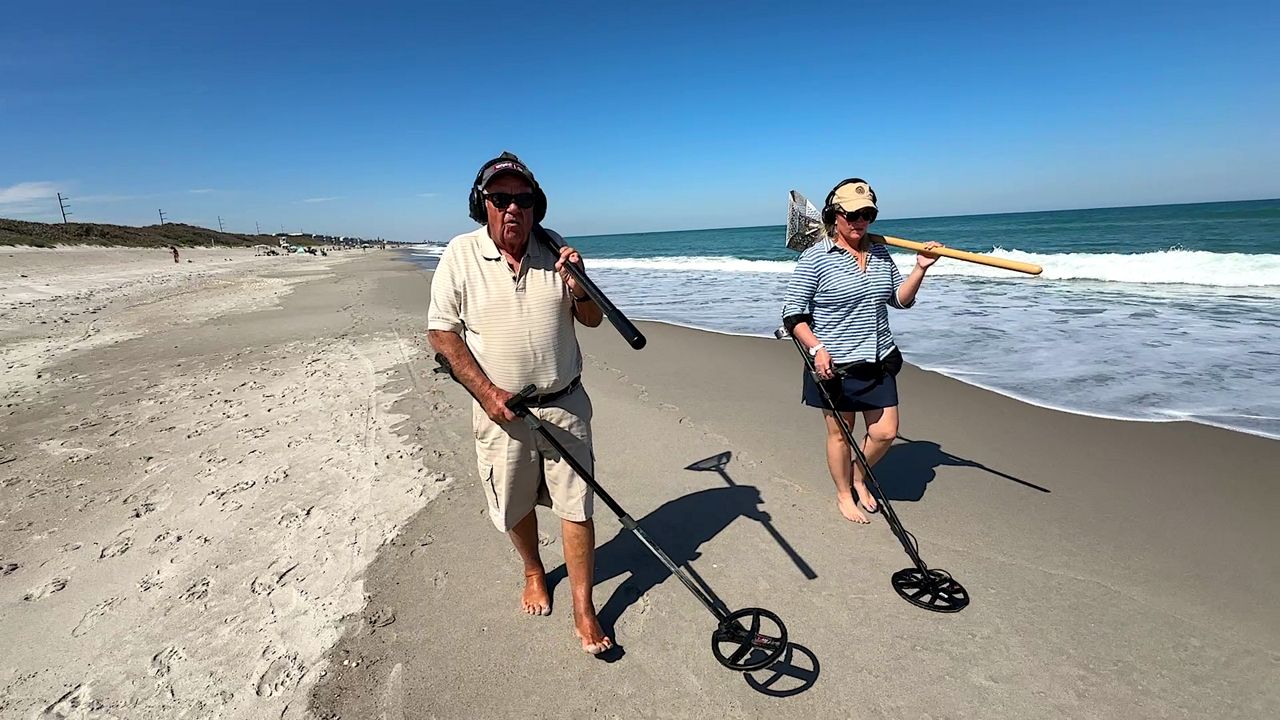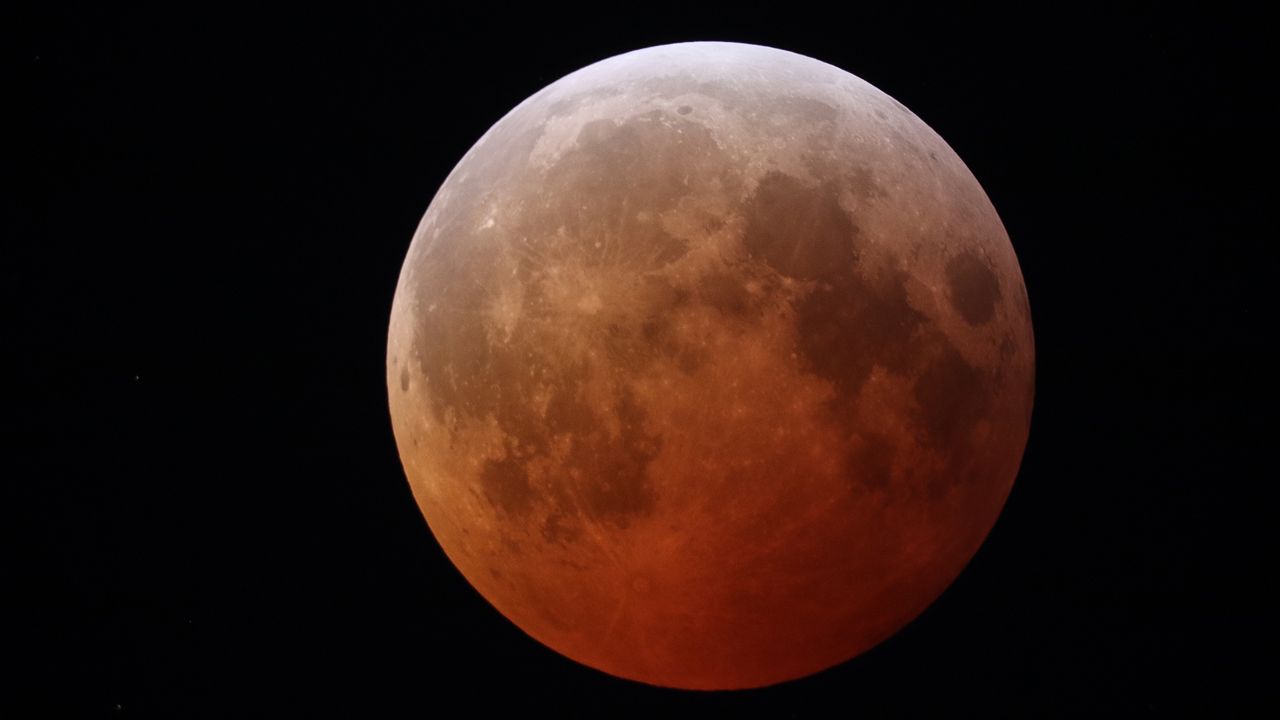BREVARD COUNTY, Fla. — When the Artemis I mission launches, it will send 11 spacecraft on a mission to the moon and beyond. The obvious one is the Orion spacecraft, one that captures a lot of the attention when talking about the Artemis I mission.
But tucked away beneath the European Service Module and the ULA-built Interim Cryogenic Propulsion Stage (ICPS; the upper stage of the Space Launch System rocket) there are 10 CubeSats, which will journey farther than most spacecraft of this size historically have gone before.
What You Need To Know
- 10 CubeSats are set to launch aboard the Artemis I mission
- Many of these missions were selected back in 2016
- These spacecraft are designed for experiments and technology demonstrations that will advance the Artemis program for future missions
- RELATED coverage: NASA tries second launch attempt for Artemis I mission
“It’s fun that we can do such new and exciting, cutting edge, pushing the envelope types of experiments that you can’t do with a big spacecraft that’s many billions of dollars,” said John Ricks, the systems engineering senior manager for Lockheed Martin’s Deep Space Exploration division.
Ricks spoke with Spectrum News 13 at the STAR Center in Titusville shortly before the Aug. 29 launch attempt for the Artemis I mission. He serves as the program manager for the Lunar Infrared Imaging (LunIR) CubeSat mission.
LunIR is designed to demonstrate a new type of infrared camera that will take images of the moon’s surface while it conducts a flyby. The images will help illustrate the material composition and thermal signatures of the moon.
It boasts what Ricks describes as a new micro-cryocooler and a new focal plane. It will separate from the Orion Stage Adaptor about six hours and 15 minutes into launch. He said they imagine it will take its first image within the first hour-and-a-half to two hours after deployment. The mission is expected to last 30 days or less.
“There’s really only been a small handful of CubeSats that have actually gone past LEO (low Earth orbit),” Ricks said. “And so, LunIR is in that first batch, that cutting edge of these deep space exploration CubeSats.”
“And really, the hope is that some of these technologies that we’re developing, improving on this mission, we can then use in forward mission, maybe even future planetary exploration missions or deeper into the solar system,” he said.
Tiny spacecraft, large leaps forward
Among the spacecraft that are part of this CubeSat cluster are many other important tech demonstrations. They are each equipped with their own propulsion system and will begin collecting data less than a day after the Artemis I mission launches.
Nine of the 10 were secured inside the Orion Stage Adaptor at Kennedy Space Center back on July 23, 2021. The last of the CubeSats were loaded in early October.
Crews waited to add the BioSentinel CubeSat last since it’s the only one that has a living organism aboard. This spacecraft, created by researchers at NASA’s Ames Research Center in California, is designed “to detect and measure the effect of space radiation on living organisms — in this case, yeast — over long durations beyond low-Earth orbit.”
NASA said earlier this year that this would be “the first long-duration biology experiment to take place beyond where the (International) Space Station orbits near Earth.” It has a parallel experiment that is currently being conducted onboard the ISS, so that researchers can compare the two samples.
“BioSentinel aims to fill critical knowledge gaps about the effects of the deeper space radiation environment on biology by using very simple microbial organisms,” said Sergio Santa Maria, the lead scientist for BioSentinel, during an Aug. 17 media teleconference. “We hope that we can extrapolate our results to human biology and inform potential countermeasures for future crewed missions.”
Yeast was chosen because, according to NASA, “Human cells and yeast cells have many similar biological mechanisms, including DNA damage and repair, and BioSentinel’s experiments can help us better understand the radiation risks for long-duration deep space human exploration.”
Another distinct CubeSat flying on the Artemis I mission includes the OMOTENASHI (Outstanding MOon exploration TEchnologies demonstrated by NAno Semi-Hard Impactor) mission from the Japanese Aerospace Exploration Agency (JAXA).
If successful, it will become the world’s smallest lunar lander and will conduct a semi-hard landing on the surface of the moon.
“There is no room to be equipped with landing sensors or precisely controlled liquid propulsion systems, said Tatsuaki Hashimoto, the OMOTENASHI project manager during an Aug. 15 teleconference with media. “So, OMOTENASHI is using the solid rocket motor for the acceleration and adopt semi-hard landing technology, not soft landing.”
The other seven CubeSats include:
- Lunar IceCube — searching for water and other volatiles with an infrared spectrometer
- LunaH-Map — offering higher-fidelity maps of near-surface hydrogen on the Moon
- CuSP — works as a “space weather station,” measuring particles and magnetic fields
- EQUULEUS — capturing images of Earth’s plasmasphere to better understand our radiation environment
- NEA Scout — using a solar sail to travel to a near-Earth asteroid
- ArgoMoon — tracking the ICPS
Primary mission delays create some secondary mission uncertainty
Numerous delays have pushed the launch of the Artemis I mission back multiple times, most recently with the Aug. 29 mission scrub when the countdown clock was halted at T-40 minutes.
Considering that the CubeSats were loaded onto the rocket roughly a year ago, there was some concern for the longevity of these spacecraft. During an Aug. 15 teleconference, Jake Bleacher, NASA’s chief exploration scientist, said five of the 10 CubeSats were able to be recharged and five were not.
Those in the unlucky category were: LunaH-Map, CuSP, LunIR, Team Miles and Lunar IceCube. He said the best thing they can do is to get the Artemis I mission flying as soon as possible.
“The primary goal here is to fly the SLS and the Orion and check out that system, make sure that it will work and is ready to go for Artemis II, when we’ll have astronauts on board,” Bleacher said. “We had several that we were able to recharge, several that we are not. We are trying to monitor them.”
He noted that the CubeSats are high risk, high reward-types of mission with the reward coming from their relatively low cost.
Speaking one-on-one with Spectrum News on Thursday, Bleacher said it’s still up in the air as to whether the Artemis II mission will also feature CubeSats in addition to flying the first astronauts of the Artemis era.
“It potentially could. We haven’t identified whether or not it will just yet. The way I like to look at it is the opportunity exists, but other opportunities might exist as well,” Bleacher said. “So, once we fly this Artemis I mission, we see how the primary part of this mission goes testing our spacecraft but also learning about the CubeSats and how they fit in, then we’ll start developing what that plan looks like for Artemis II.”









